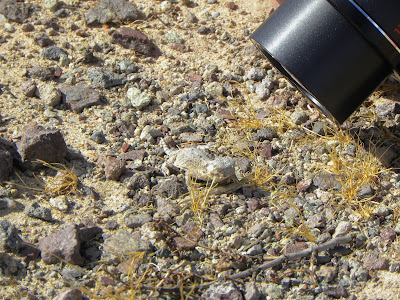Small Solar Adds Up
The Los Angeles Times published a great article this weekend explaining the virtues of smaller distributed solar generation on rooftops and on disturbed lands in our cities. Distributed generation is a cheaper clean energy solution for ratepayers than big solar on remote desert wildlands, saving money and the climate. We can overcome roadblocks to more wide scale deployment of solar on rooftops and in our cities by cutting administrative red tape at the local level, and encouraging Washington to lift the Federal Housing Finance Agency's hold on Property Assessed Clean Energy (PACE), which would allow homeowners to finance rooftop solar through their own propert tax assessments. As the LA Times explains , utility companies profit from the large and destructive desert solar plants, which is why they have opposed efforts to encourage solar in our cities by blocking legislation that could make rooftop solar more accessible to residents and small businesses: Built in far-flung locatio...












